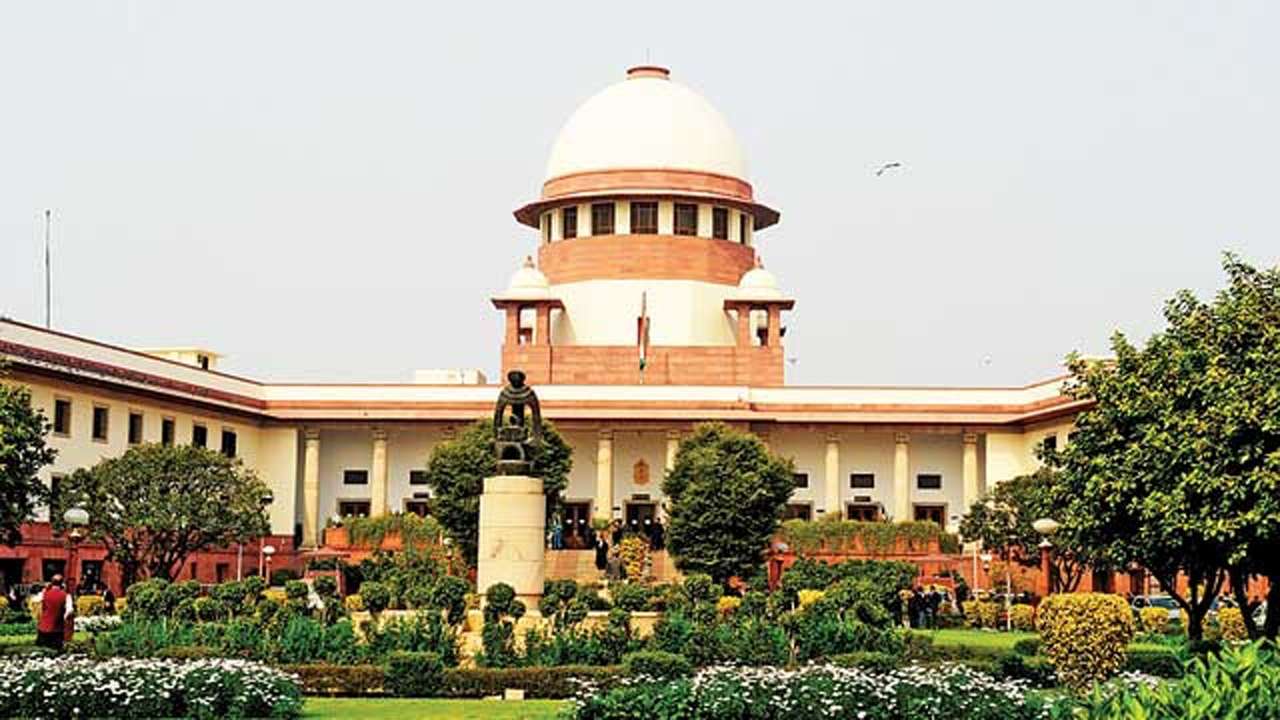Supreme Court does the math, counts 5.33 votes as 6

Supreme Court Supreme Court
In decimal terms, should 5.33 be counted as 5 or 6? This isn't a mathematical puzzle but a question of law that engaged the attention of the Supreme Court while deciding the fate of a no-confidence motion against a sarpanch of a Gram Panchayat in Maharashtra's Nashik district.
The fate of the sarpanch's continuation, after he was ousted by six out of eight members of the Khopadi Gram Panchayat in Sinnar Taluka, hung on the interpretation of this thin-margin number game.
The question before the court was if a two-thirds majority of votes, polled by members and voting came to 5.33 votes, will the no-confidence motion be considered passed on five votes or six votes? Out of the six members who voted in favour of the no-confidence motion, one vote was declared invalid as the member in question did not furnish caste certificate within the stipulated time. This brought the votes down to 5 in favour vis-à-vis two members who voted against.
A three-judge bench, headed by Justice AK Sikri, declared 5.33 to mean 6. This decision saved the day and the remaining tenure of the ousted Sarpanch Ganesh Sukhdeo Gurule. The bench noted the language given in Section 35 of the Maharashtra Village Panchayats Act that said for a no-confidence motion to be passed, it required "a majority of not less than two-thirds of the total number of members entitled to sit and vote in the meeting". Out of the nine-member Gram Panchayat, eight were present at the time when the no-confidence motion was passed on September 14, 2018.
Calculating two-thirds of the eight members who voted, the bench arrived at 5.33. those who voted in favour of the no-confidence motion argued that ideally, two-thirds should be calculated out of seven members as one vote was later held invalid. However, even if two-thirds of eight members is calculated, 5.33 can be rounded off as 5.
The bench, also comprising of Justices Ashok Bhushan and S Abdul Nazeer, said, "Vote of a person cannot be expressed in fraction. When computation of a majority comes with fraction of a vote, that fraction has to be treated as one vote." Laying down the law for similar situations that could arise in future, the bench held, "When majority comes to 5.33 votes, 'not less than 5.33 votes' has to be given meaning, hence 5.33 can never be rounded off to 5. Fraction has to be treated as one vote. Hence, 5.33 is to be read as 6 for the passing of no-confidence motion."
This rule for counting of votes given by the Supreme Court is unique and unprecedented. Prior to this, there was heavy confusion about how votes in decimals should be treated. The sarpanch, who petitioned before the apex court, had earlier lost in the Bombay High Court on November 22, 2018. The Additional Collector, Nashik, too had upheld the no-confidence motion passed against him.
Fraction Is Whole
- The SC said, “Vote of a person cannot be expressed in fraction. When computation of a majority comes with fraction of a vote, that fraction has to be treated as one vote”
- The bench then declared the average of 5.33 to be read as 6